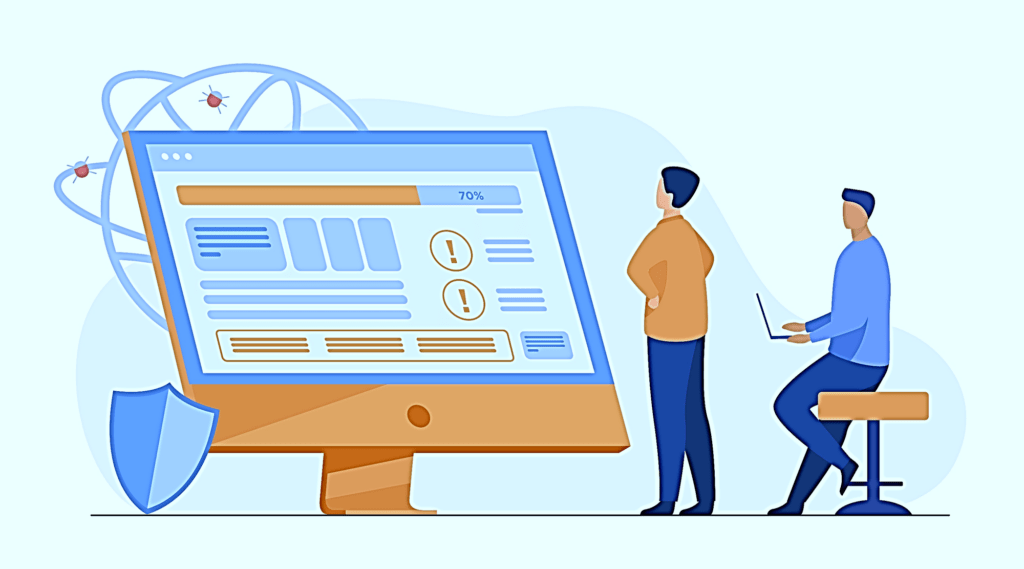Every business be it an Enterprise or a Startup both desperately want to get their idea transformed into a product that they envisioned then why so many attempts are required to reach that perfection stage?
The success of a great product not only lies in a great idea but in the execution of how that product is built, most products don’t even make it to market as about 49% fails right in the MVP stage. So how do we get our first launch bang-on perfect? Here are three best practices that you can adopt with us while shaping your most ambitious product.
Best Practice 1: Capture requirements in interactive mockups
While putting your idea into practice, once of the biggest challenges is how to communicate it with developers in a concise way. The best way to achieve this is to design a user-facing interactive high-fidelity mockup for your product before going through an expensive development process.
An interactive mockup
- Allows you to focus on the end-user immediately and narrow down the initial functionality for your MVP.
- Validates your idea with investors, target users
- Provides concrete visual communication to developers avoiding any misunderstandings
Best Practice 2: Breakup MVP in 2-weeks sprints
A sprint plan with requirements broken down in 2-weeks sprint deliveries is the best way to track and accomplish a quick, iterative development of MVP.
A sprint plan with defined deliveries
- Validate and improve the architecture and design in iterations
- Surfaces and irons out issues quickly
- Provides faster QA validation
Best Practice 3: Conduct demos at the end of each sprint
While developing a Minimum Viable Product (MVP), one of the biggest risks is a slow feature creep and a bloated product. This typically happens because you are constantly guessing what features can help improve user acquisition and engagement. In the process, the tendency is to prioritize work on the non-essential components or features. Making sure that the development team provides a demo of the completed functionality at the end of each sprint is extremely valuable.
An end-of-sprint demo to all stakeholders
- Provides concrete proof of progress
- Brings focus and avoids scope creep
- Allows to quickly identify any bottlenecks and sequence work from the core to outer layers
- Demonstrates feasibility for unproven features
- Provides early testing of the foundation
A successful and quick MVP for both the testing market and laying the solid foundation of the product is key to long-term success. Following the above best practices will help you reach that goal.
Does the above content intrigue you to explore more? Feel free to get in touch with us for a free consulting session to really shape your dream product.







